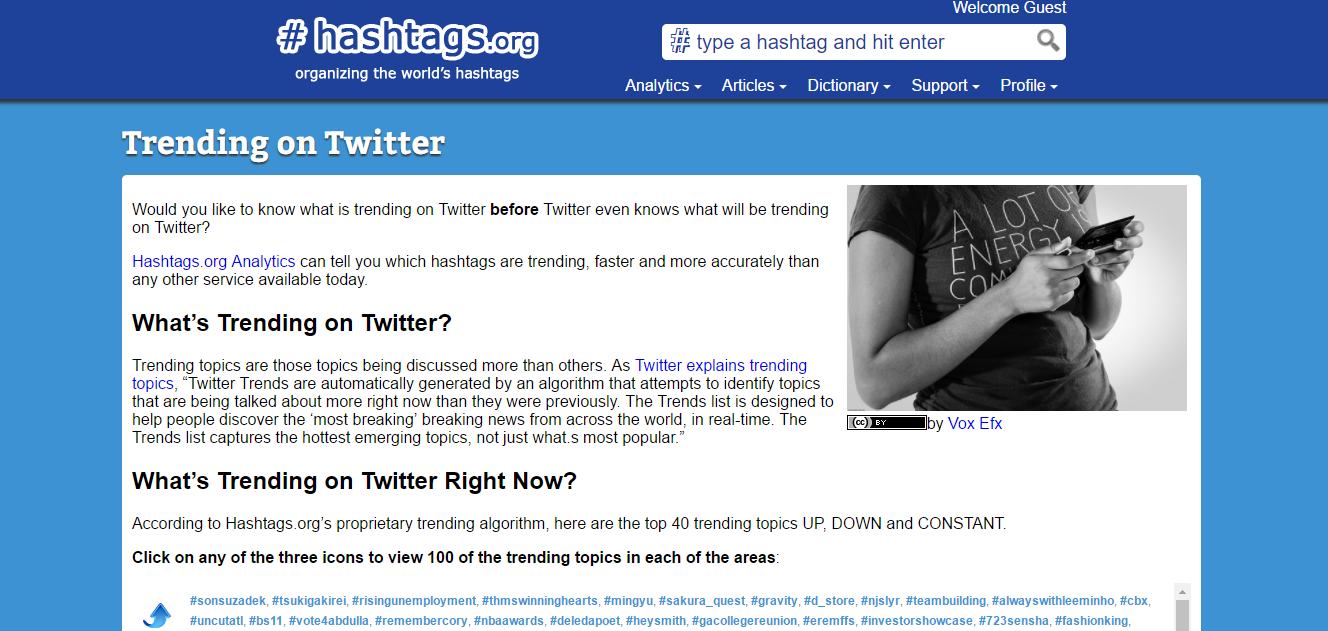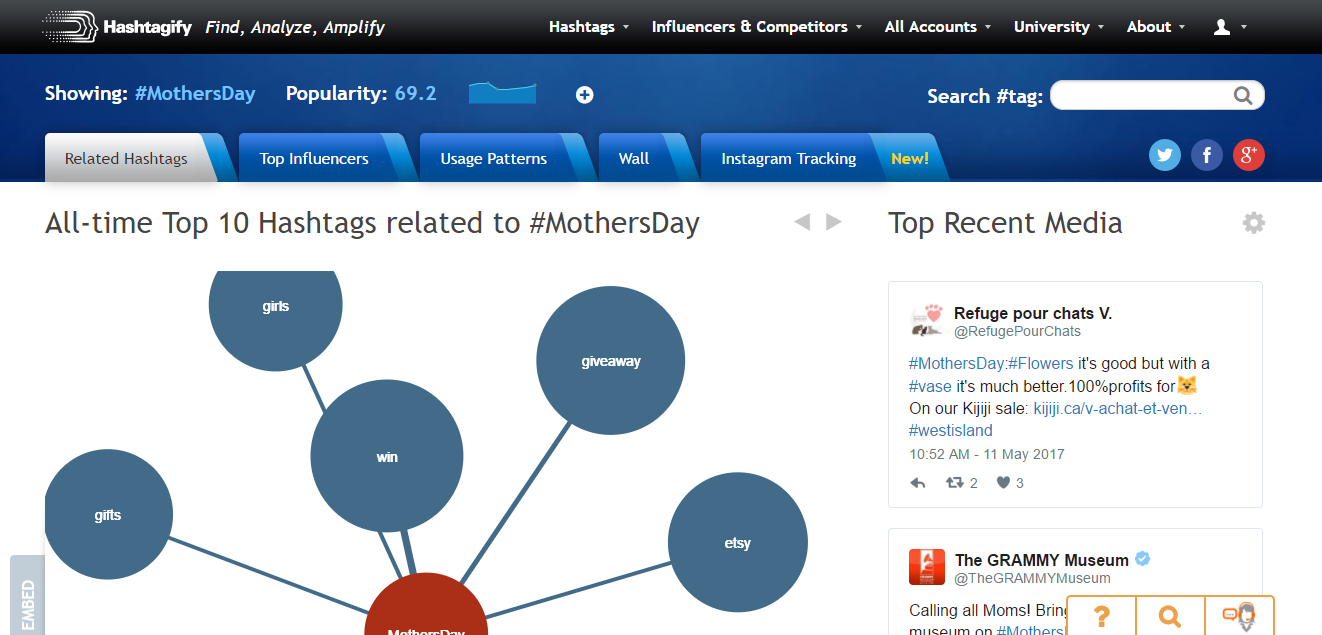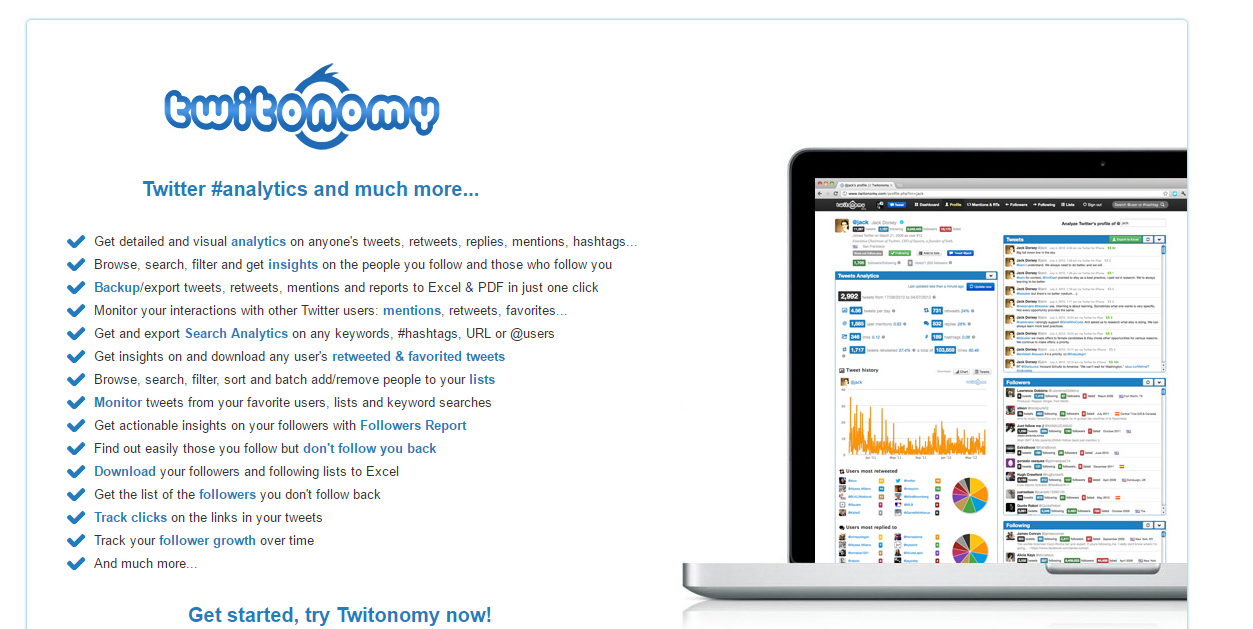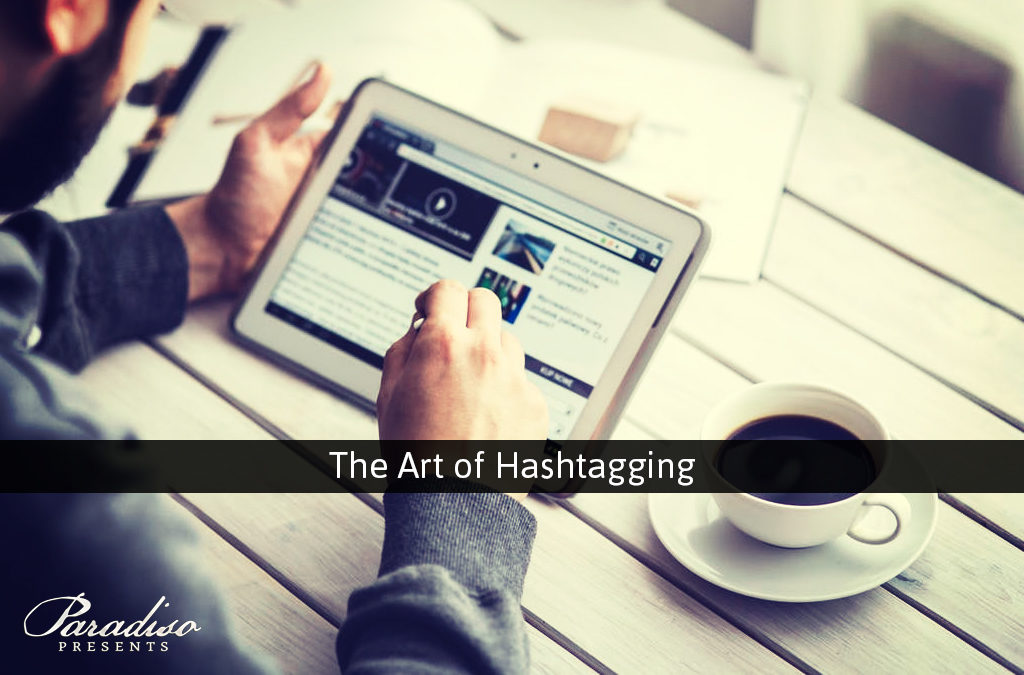By now, many of us are already making use of hashtags within our social media marketing campaigns. Some of us may be new to hashtags, and if you are, you’ve come to the right place. Although, for those of us already using hashtags on a daily basis, this article could be a nice refresher for you, or you may even learn something new about the art of hashtagging. Today, we are going to review how hashtags help our insurance marketing campaigns online, how to effectively use hashtags, and what to avoid while using hashtags on each of our active social media networks. Let’s get started.
First things First
What exactly is a hashtag? Hashtags first appeared on Twitter back in 2007, and since then, have become a popular tool for organizing content online. Hashtags are used to group content that is spread via social media, by including the hash sign (#) followed by a keyword that properly describes the content. Content that is posted with a hashtag will help you discover other content that uses the same keyword or phrase. For instance, if I were to post a picture to Paradiso Insurance’s Twitter of our agency’s rescue dog Max with the hashtag #AdoptDontShop, a user could then easily click on that hashtag to discover other posts about rescue animals as well.
Some hashtags are referred to as “trending,” meaning a lot of users have posted using the same hashtag, which will make that hashtag have an extended reach since it’s currently popular. Meanwhile, other hashtags can be considered as custom hashtags that are up to you and your agency to create. An example of a custom hashtag could be our agency’s hashtag for our Flag Day event which is #FlagsFromParadisoIns. We created this hashtag to be unique and original so that it is one of a kind, so that if a user clicks it, they will see content that comes from our agency or our audience that pertains just to the Paradiso Insurance Flag Day event. So as you can see, if hashtags are trending then they can be used to get your posts more visibility, or if they are custom hashtags then they will help your audience discover more of your agency’s content on social media.
Discovering Trending Hashtags
In order for your posts to get the most traction on social media, you’ll want to include hashtags that are trending, so that your posts will be included in the mix when users search for trending subjects online. There are a few tools available online that we’d like to suggest in order to discover trending hashtags.

The first tool is called Hashtags.org. This tool allows you to see which hashtags are currently trending the most on Twitter, as well as search for specific hashtags to see what kind of visibility and performance they are currently receiving online.
 The next tool is called Hashtagify. With this tool, you can discover hashtags that are trending on Twitter, and also have updates emailed to you regularly on trending hashtags to easily keep up to date.
The next tool is called Hashtagify. With this tool, you can discover hashtags that are trending on Twitter, and also have updates emailed to you regularly on trending hashtags to easily keep up to date.
 This next tool is called Twitonomy, and this tool also allows you to discover trending hashtags on social media. The difference with Twitonomy is that it tells which top influencers are interacting with or posting the most about specific hashtags as well.
This next tool is called Twitonomy, and this tool also allows you to discover trending hashtags on social media. The difference with Twitonomy is that it tells which top influencers are interacting with or posting the most about specific hashtags as well.
Creating Custom Hashtags
As we mentioned earlier, the other primary use of hashtags is to create custom hashtags that are relevant specifically to your agency’s content, so that users can click on your custom hashtags to discover more content that is relevant specifically to your agency. When we host our Flag Day event, we include #FlagsFromParadisoIns on all of our posts, so that our other posts will come up if someone clicks on the hashtag. Additionally, we ask our audience to post using our custom hashtag as well with pictures of their American Flags or Paradiso Insurance tee-shirts, so those posts can be easily seen if our hashtag gets clicked on too.
When creating custom hashtags, there are a few things that you should always keep in mind. Custom hashtags can come in handy for an upcoming event or a marketing campaign that your agency is focusing on, and they should always:
- Be original
- Be easy to remember
- Be related to your brand or the info being shared
While keeping this in mind, we’ve created the hashtag #MondaysWithMax as a fun weekly visual that we push out to our networks. Every week, we try to start Mondays on a positive note by having Max “visit” a different location. By using a custom hashtag with this campaign, we were able to get more traction with our audiences online.

Hashtags on Various Social Networks
Now, hashtags operate slightly differently on each individual social network. While they serve the same purposes on each network, users of each network have a different perspective for their take on hashtags. The key is that you want to use hashtags effectively without becoming an annoyance to your audience.
First, let’s look at Twitter, the origin of the hashtag. As it turns out, the sweet spot for hashtagging on Twitter is to include two hashtags with each of your posts. Studies show that if you were to include two hashtags in a post on Twitter, that it will increase user engagement by 21%. Interestingly enough, if you use 3 or more hashtags, the increase in engagement drops down to 17%. Not to mention, there are only 140 text characters allowed per tweet, so over bombarding your tweets can take away from your content. That being said, two hashtags per post is the golden rule.
Next, let’s look at hashtagging on Pinterest. We have found that using hashtags in Pinterest’s search bar to discover content for your agency to share is a great tool. We look for hashtags that are relevant to our agency’s brand or content, then re-pin the posts to get more traction throughout the day. We go more in depth on our Pinterest strategy in another article, Insurance Marketing via Pinterest, but the important thing with hashtagging is that we’ve found that including hashtags on a post on Pinterest does not heavily affect your visibility. If you have any custom hashtags that you’d like to include though, definitely include them on your posts still if and when your custom hashtags are relevant.
Next, let’s talk about hashtagging on Instagram. When it comes to social media, engagement is just as important as posting, because you don’t want your network to think that you’re accounts are stagnant outside of creating your posts. That’s almost like displaying a closed business online. As it turns out, Instagram posts actually get the most traction if they have 11 hashtags. Yes, 11 hashtags are the perfect amount for Instagram; you read that correctly. Although, if you include many hashtags in a row on a post, it could look spammy to your network, so try not to just post them all in a row unless you can hide them within your post.
Next let’s look at hashtags on Google+. Hashtagging on Google+ is pretty straight forward, and you can follow the same strategy that you use for Twitter. The only difference is that when you insert a hashtag into a post on Google+, it becomes clickable before you even create your post. This way, you can explore other posts that are related to your content, or discover what’s trending on Google+ with relative ease.
As for Facebook, we’ve discovered that it’s actually not the best to include hashtags in posts, because it could reduce engagement. Facebook was a bit late to incorporate the use of hashtags, and so now the users on this social media see hashtags as spammy or desperate for more visibility. Although, if you have a custom hashtag that you’d like to bring visibility in your post, it would still be alright to include it, as long as there is no more than one hashtag in your posts.
The last social media network we are active on is LinkedIn, but this network is very similar to Facebook. They were the last network to implement the use of hashtagging, and therefore, the folks on this network don’t engage much with posts that include them.
The Dos and Don’ts
There are a few dos and don’ts when it comes to using hashtags. Here’s what you should know:
- Be aware of each individual networks behavior with using hashtags, which we went over above. Using the incorrect amount of hashtags could be spammy on certain networks, so be sure not to over-do it.
- Apply hashtags that are in line with your agency’s brand – what you hashtag tells your audience what is important to your agency as a whole.
- Remember to include hashtags with special marketing campaigns or events. It’s a great way to increase visibility while indexing your posts.
- Use original hashtags when it comes to your custom hashtags. This way, you won’t get mixed up with anyone else’s custom hashtags if people search for your content.
Now, here is what you should be wary of:
- Never use a space or punctuation in a – the formatting will not post properly if you do.
- The @ symbol cannot be used in hashtags either because it also messes up the formatting.
- Don’t overpopulate your posts directly with hashtags, or it will come off as spammy!
In Conclusion
Overall, if you’re not already making use of hashtags in your social media marketing campaigns, then there is no time like the present. Hopefully for those of us already making use of hashtags, you were able to take away something new from your article. Remember, hashtags are here to help us get more traction or brand visibility online, and they are free of course as well. The rest is up to you! Happy marketing everyone.





